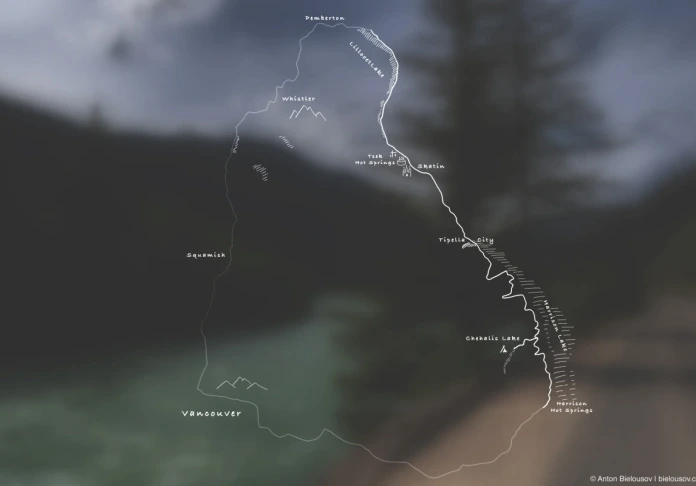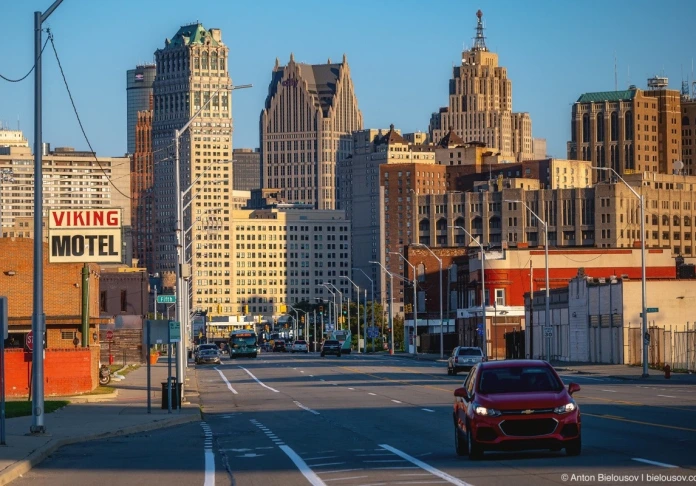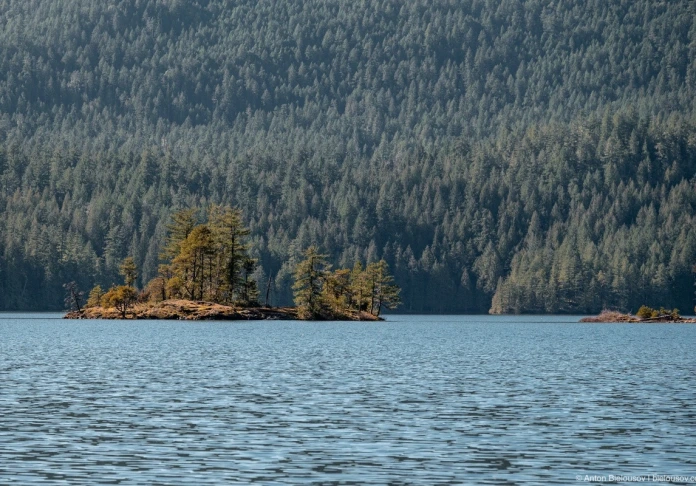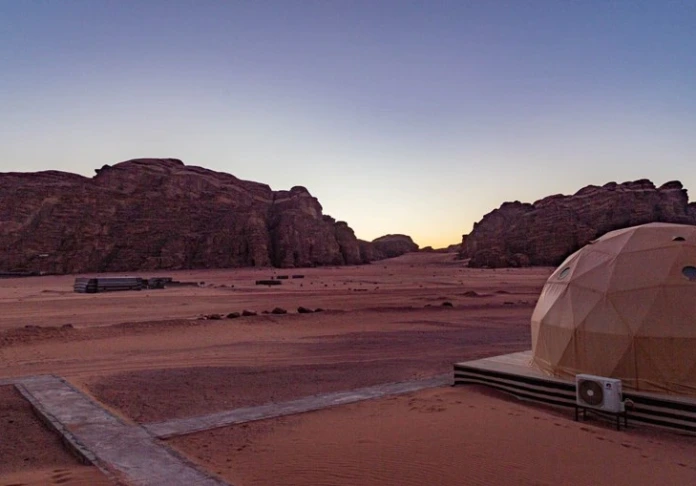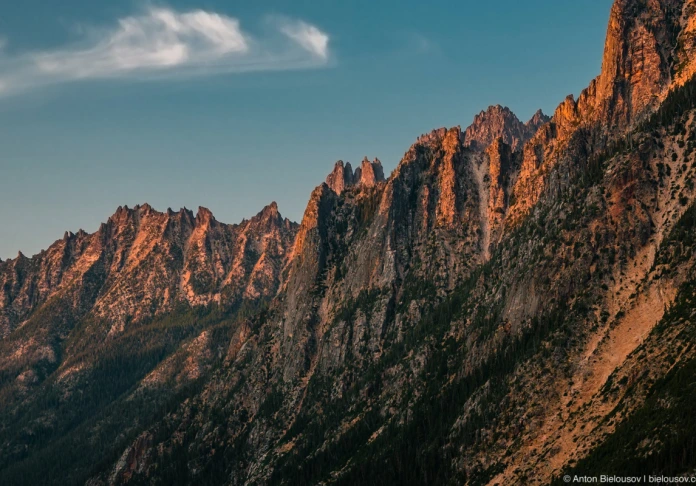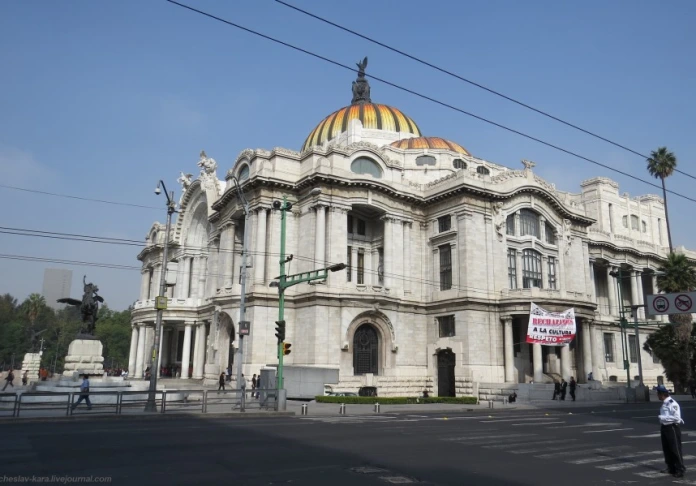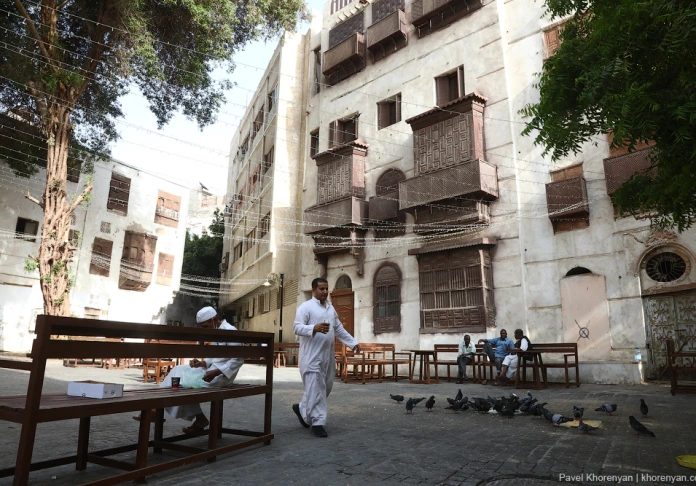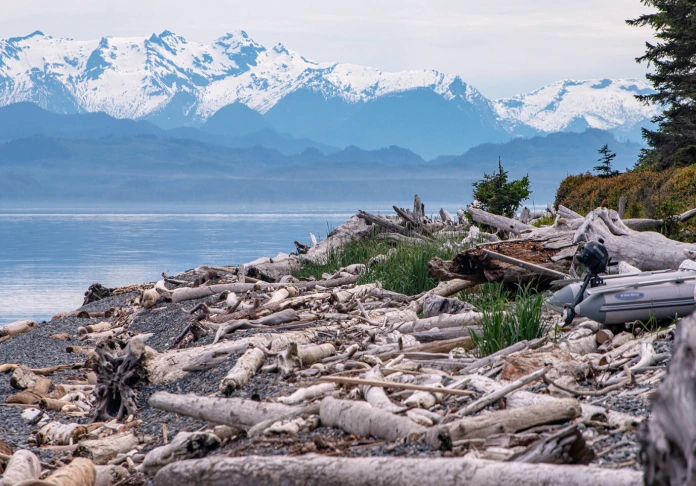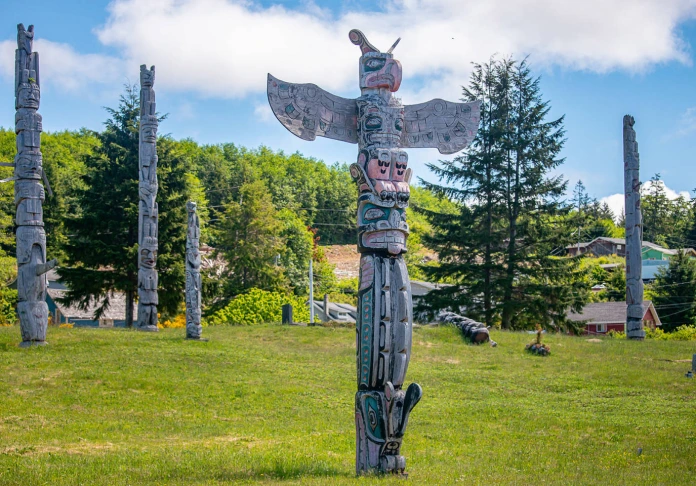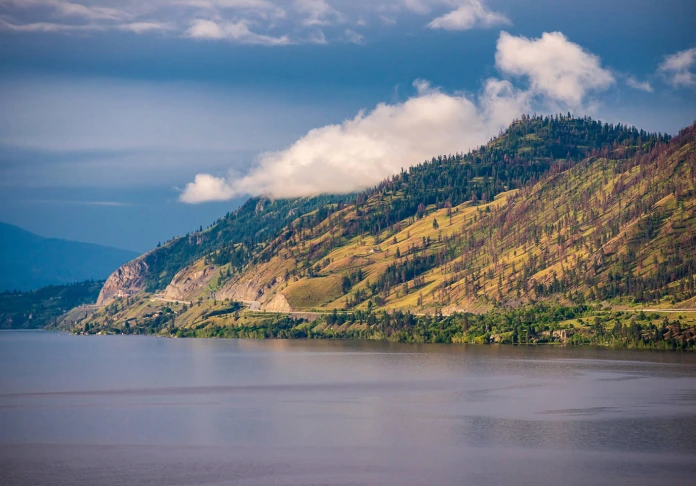How I rode the Great Ocean Road in Australia
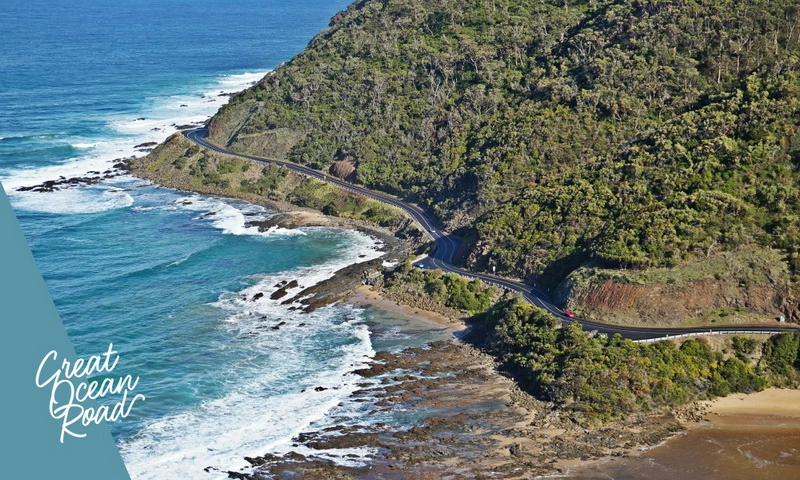
The Great Ocean Road is an iconic road route and one of the most scenic trails in the world. Australia is made for road travel. Good roads, long distances, beautiful views. Along the busy trails, there is always a place to have coffee, snacks and rest.
Traveling along the Great Ocean Road, which is 243 km long, takes at least two days. There are many cool places, surfer beaches, viewing platforms. You drive from town to town, visit national parks, admire lighthouses and waterfalls, meet koalas and kangaroos. Then you stop, eat fish and chips, sit in pubs, wander in souvenir shops. In a day it is definitely not in time, in two - more or less.
Some lucky people rent (sometimes buy a used) trailer or campervan and hang out on the coast longer.
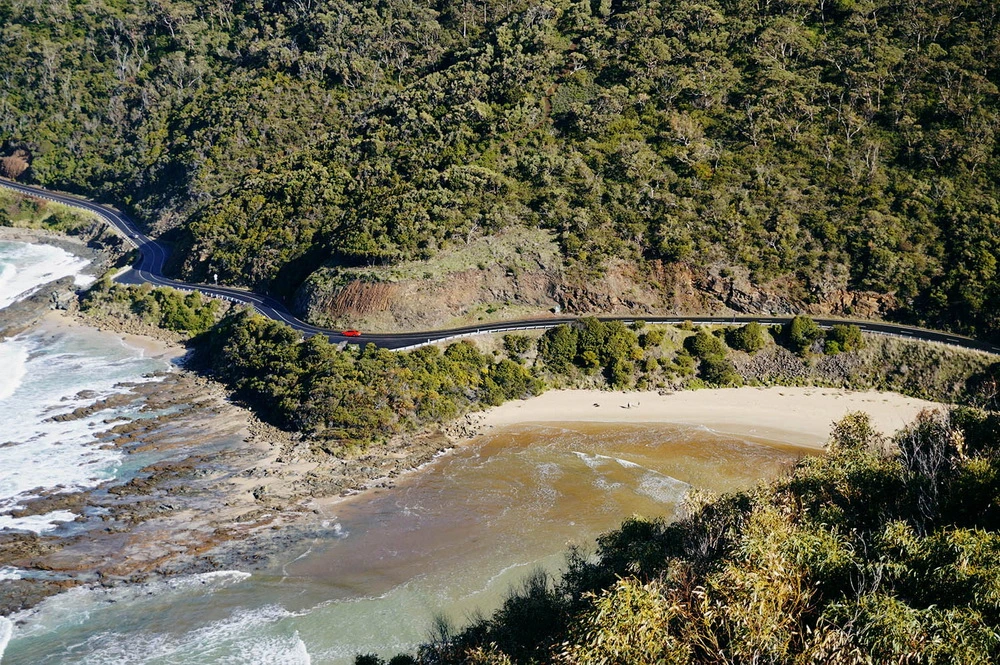
We start from Melbourne at about 7 am. You need to leave early, especially on weekends. Otherwise, you risk getting stuck in traffic. Slightly wandering around the city in search of a detour due to repairs on the road and finally get out to the ocean.
Our route looks like this:
Day 1: Melbourne - Anglesey - Memorial Arch - Lorne - Erskine Falls - Teddy's Lookout - Kennett River Koala Walk - Apollo Bay.
Day 2: Apollo Bay - California Red Forest - Twelve Apostles - Port Campbell - Colac Volcanic Lake.
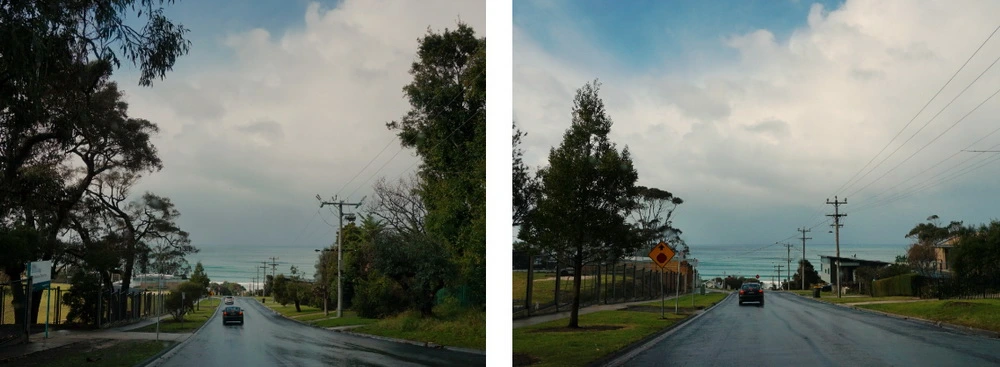
Torquay, Bells Beach and Anglesey
Torquay is a coastal town 95 km southwest of Melbourne, the official start of the Great Ocean Road. Here is the famous surfer's Bells Beach - a mecca for riders from all over the world. Bells Beach has hosted the prestigious Rip Curl Pro competition every year since 1961. In Torquay, everything is steeped in the surfer subculture. There is even an Australian National Surfing Museum.
Time is short, so we don't go to Bells Beach. Our oceanfront trail truly begins in Anglesea. We stop by the tourist information center, collect maps (necessary and unnecessary), drink coffee, and I manage to buy souvenirs right away (although I planned to do without them altogether).
Memorial Arch
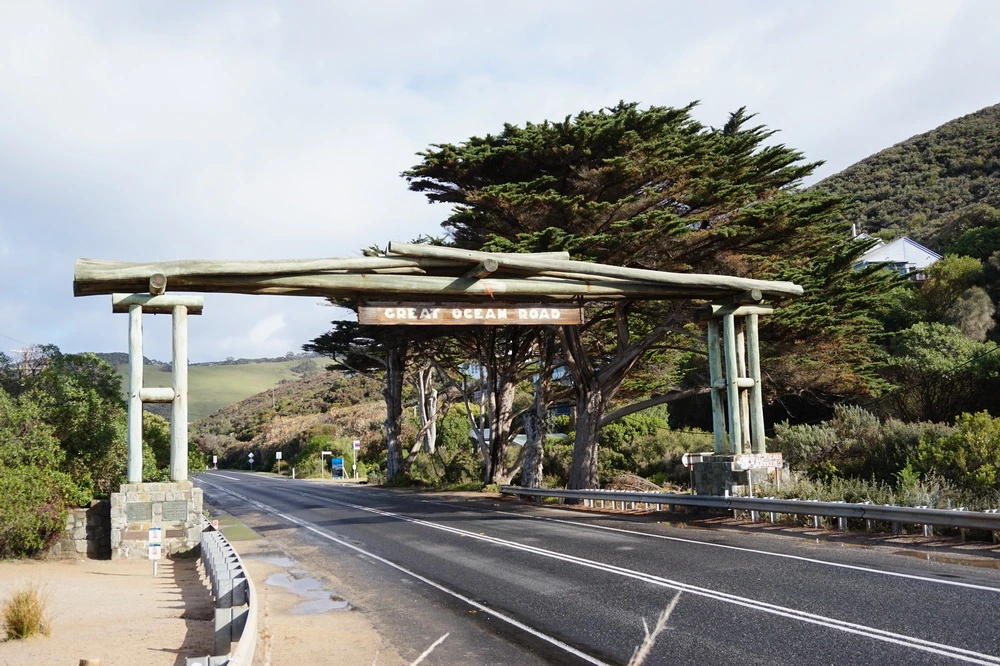
Memorial Arch is a memorial to the victims of the First World War. A monument to the builders of the road is erected next to the wooden arch. In 1919 they were three thousand Australian soldiers who had recently returned from the war. The arch bears the inscription Great Ocean Road. A century ago, the route was called the South Coast Road. She connected remote settlements of the coast, between which there was only water communication.
In different sources there is a story about how in 1924 the steamship "Casino" landed on the reefs near the construction site. On board he had a very interesting cargo: 500 barrels of beer and 120 barrels of drinking alcohol. The workers "saved" the good, which caused the work to be stopped for two weeks.
You stand here and try to believe that you fucking got here and are driving along one of the most beautiful roads in the world.
Lorne
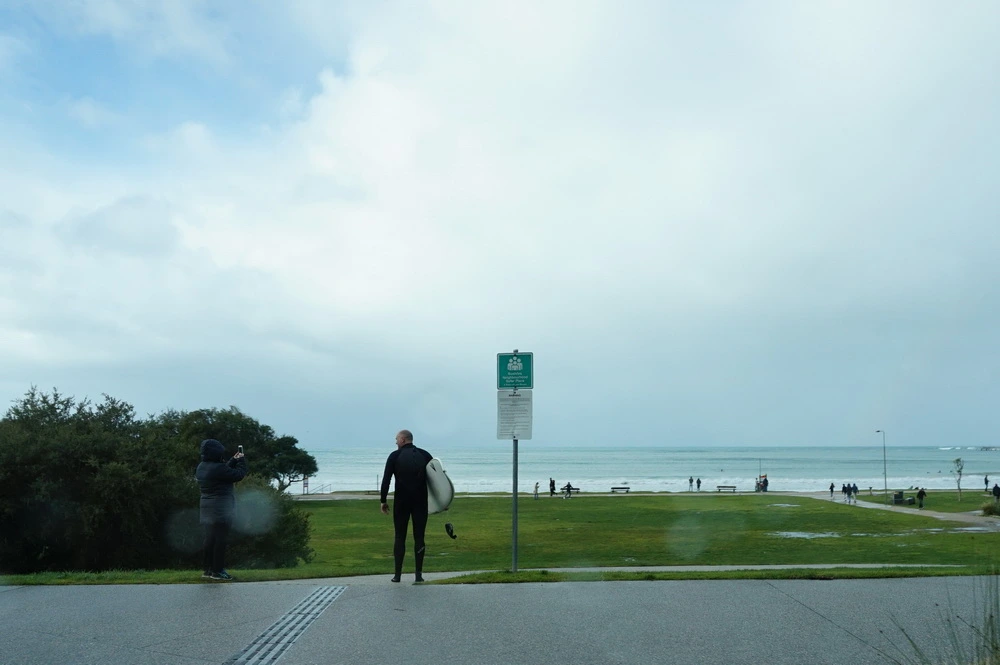
Lorne is a seaside resort two hours from Melbourne. The beautiful Art Deco architecture, good restaurants, coastal walking trails and the wilderness around it attract the Australians themselves. In general, domestic tourism is very developed in Australia. Therefore, in any tourist location you meet many locals from different parts of the country.
Of course, there are surfer beaches and shops here, as well as on the entire coast. In one of them, I buy my dream Mexican hoodie. I'm surprised to ask my Australian friends where the Mexican clothes come from. It turns out that this is one of the unspoken elements of the surfer's "uniform". I put on a hoodie and go fantasize about being a hippie from the 70s for the rest of the journey

We drive to the nearby national park and to the observation deck and then return to Lorne for a late lunch. We get fish and chips and a couple of bottles of local beer. This is generally a must try in Australia - eat Fish & Chips and try beer or wine from local producers.
On the label of one of the bottles I read: The Ocean is our backyard. It`s our playground and our refuge. We live our lives by the tides and wind and swell. We are the lucky ones. Which means something like this:
Great Otway National Park and Erskine Falls
There are many amazing natural wonders around Lorne - fern forests, waterfalls, natural viewing platforms on the mountains. We make a small loop from the coast inland to view the Erskine Falls at Great Otway National Park.
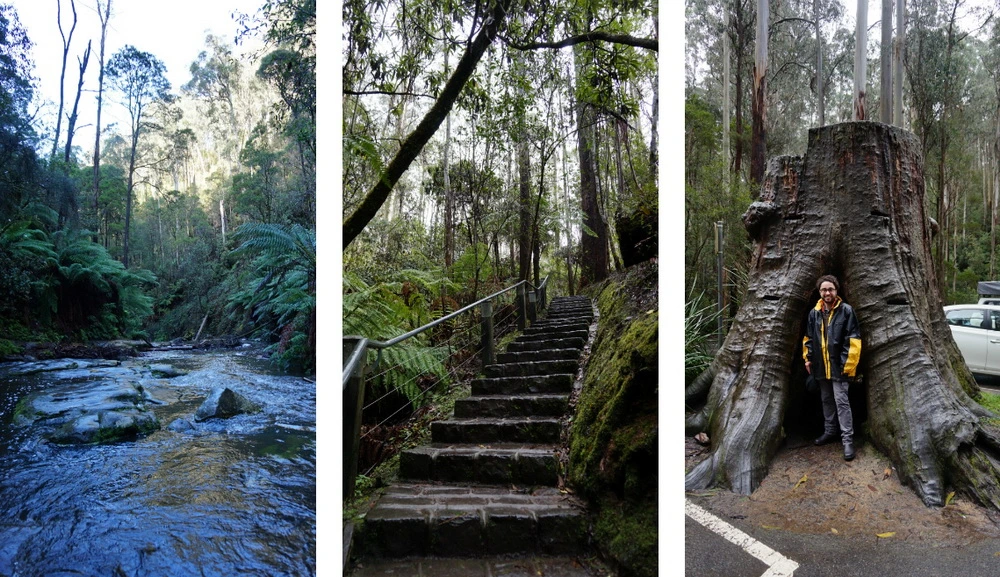
In this place, it is as if you find yourself in a different climatic zone among giant tree ferns and hundred-meter eucalyptus trees. It is a rainforest, or rainforest. I have a persistent feeling that a dinosaur will crawl out of the neighboring bushes. But only tourists get out.
The rain forest lives up to its name. There's nothing to do without a raincoat. In addition, the weather near the ocean changes dramatically.
Teddy's Lookout
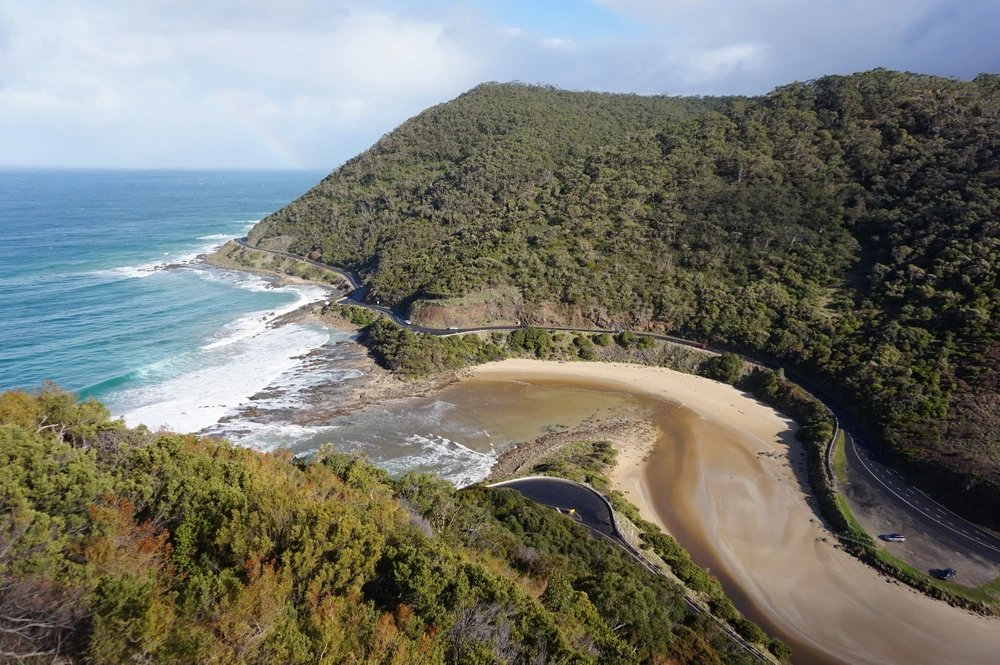
This observation deck offers a stunning view. They say so about all the beautiful views, but there is something special here. On one side is the ocean, on the other is the Australian bush on the slopes of the mountains, and below the St. George River flows into the ocean in a beautiful bend.
After Teddy's Lookout, we head back to Lorne and the Great Ocean Road. You can stay overnight in Lorne if you have more than two days. There are many campsites around to camp. But now it is only the beginning of the fourth and we are moving on. The plans are to have time to look at the koalas before sunset. It gets dark early because it's July, which means it's winter in Australia.
Kennett river koala walk
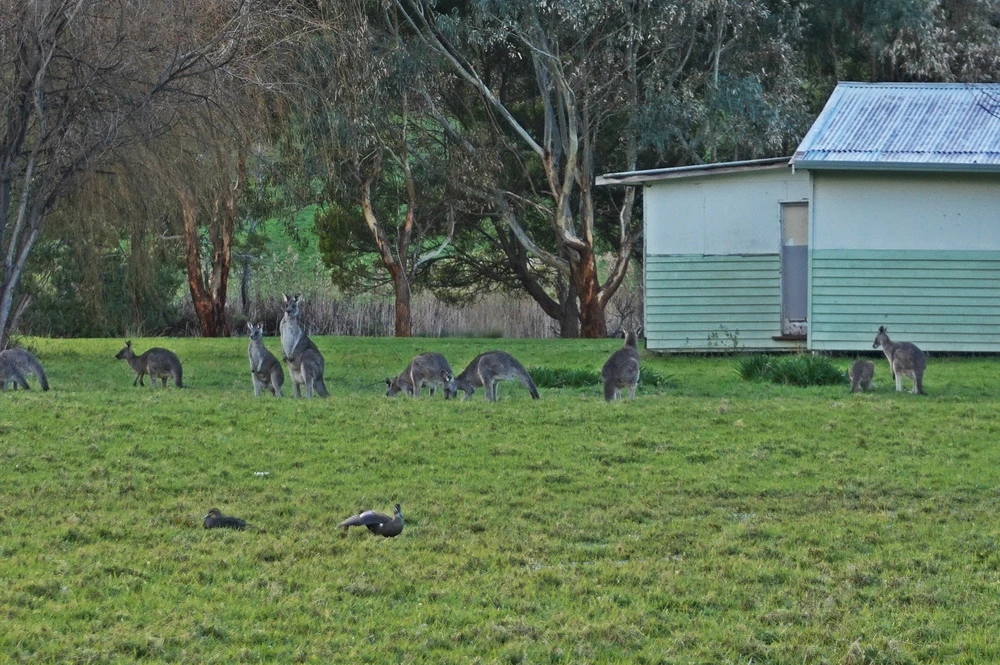
We go to the Kennett River Koala Walk to look for koalas. This track is considered one of the best for watching them in the wild. We reach Kafe Koala, leave the car, arm ourselves with coffee and cameras and go in search.
Residential buildings start about a hundred meters from the cafe. A herd of kangaroos grazes nearby. We stop and look at them, and they stop and look at us. After a couple of minutes, their interest disappears, and they return to their business, and we have no choice but to return to our path. Kangaroos are wild and do not allow themselves.
But the parrots walk around with an impudent look and demand that they be fed. They are not afraid of cars or people, and they have to literally push them apart with their feet to get through.
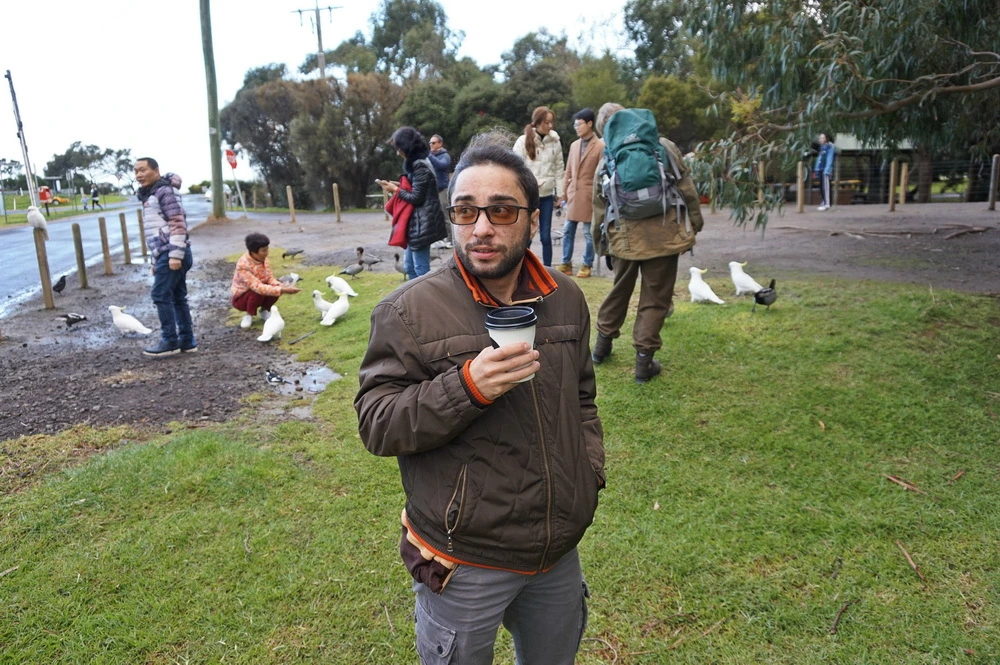
Find a Koala game:
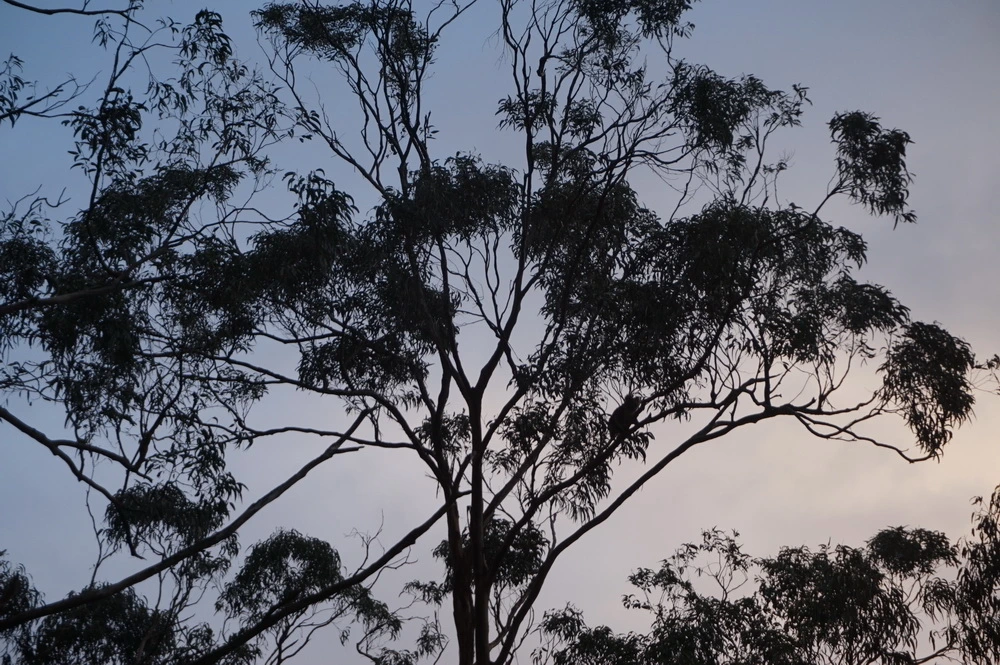
We walk along the trail along a row of eucalyptus trees and look out for koalas in the crown of trees. They are creepy introverts, and you can't get close to them. We start the competition: who will see more animals. I am terribly behind because I examine every koala that I find for ten minutes. Sunset time turns out to be a good time for observation. These plush creatures sleep up to 19 hours a day, but before sunset they activate to eat.
On the way back, we come across a koala that fell from a tree and lies in the grass. This sometimes happens, koalas in Australia often suffer from chlamydia. If the animal is not helped, it will die. The guys who came a little earlier have already called Kafe Koala, and there they called the rangers. It is impossible to take a koala without special preparation, it can be frightened and harm itself and the person with its long claws. While we are going back to the parking lot, a rescue car drives past.
Apollo Bay
By seven in the evening it is already completely dark, and we arrive in Apollo Bay in the dark. Apollo Bay, like Lorne, is a good place to sleep. We booked a motel room in advance. Five minutes from the ocean and places to eat.
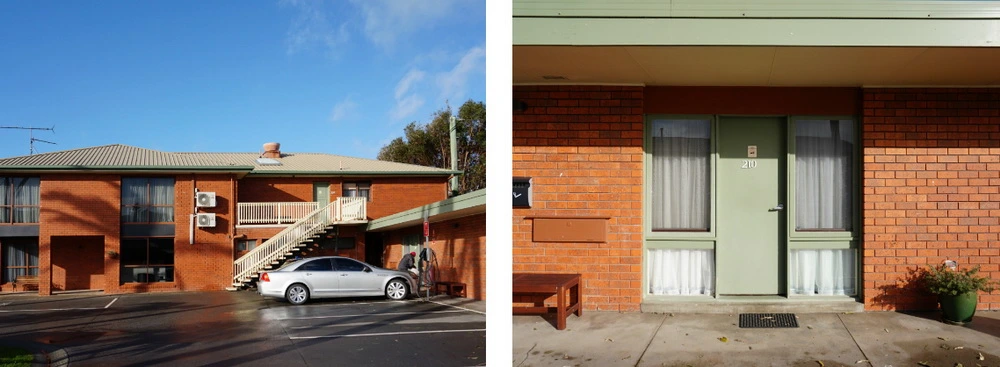
The city has a tourist information center. One gets the impression that in Australia there is such a center even in the smallest town of ten houses. And, of course, surfer shops, restaurants, pubs again. These last ones are exactly what we need now. But in the evening all the establishments along the coast are packed with people. We eventually find the huge Great Ocean Road Brewhouse and are relieved to be immersed in its noise and cozy warmth.
Pubs in Australia are often called Hotel. And in some, indeed, you can stop. You need to place an order at the counter and pay immediately. The portions are impressive. Each, even the smallest, village has its own pub. We order food and have time to drink a glass of beer right there, at the bar, and then go to the ocean. There is a storm.
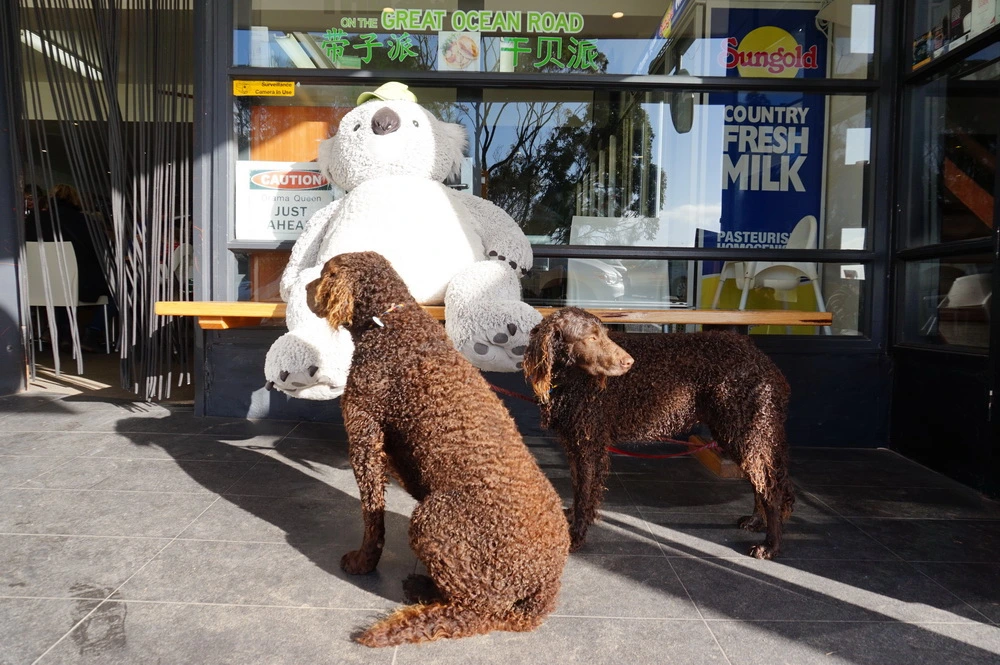
In the morning the sun is shining, people have been sitting in a cafe from eight or walking slowly along the beach. We wander along the coast in search of coffee and find Apollo Bay Bakery, which serves Australian scallop pie. My Australians love it - a rare filling for such a popular pie. I don't know yet what this is about, but I take their word for it. Australian pie is a small basket of dough stuffed (usually meat). Little dough, but a lot of filling. Very Australian. The scallops turn out to be wonderful.
Californian redwoods
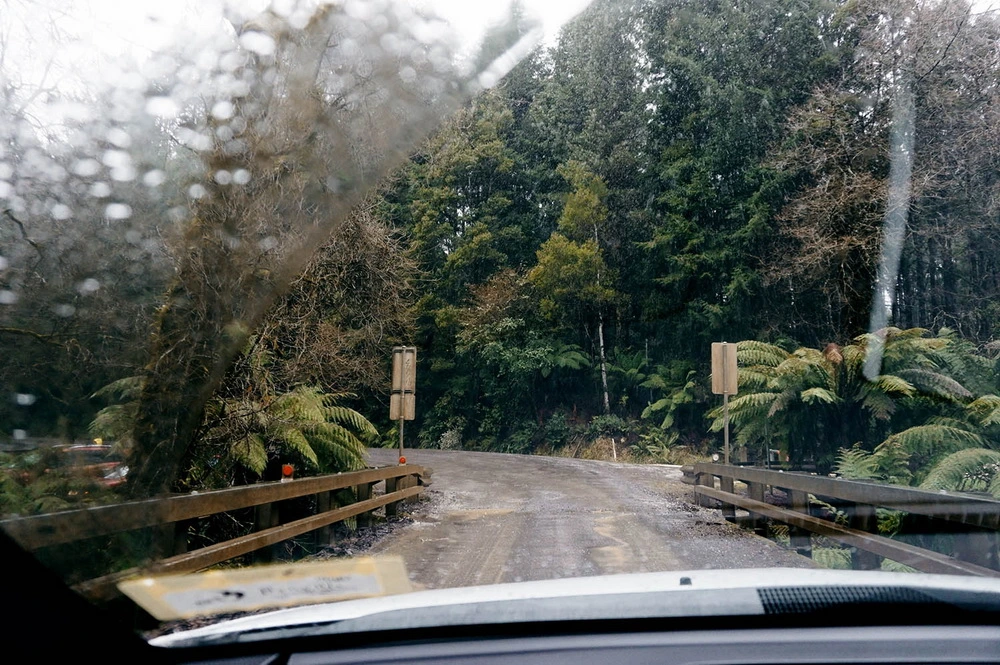
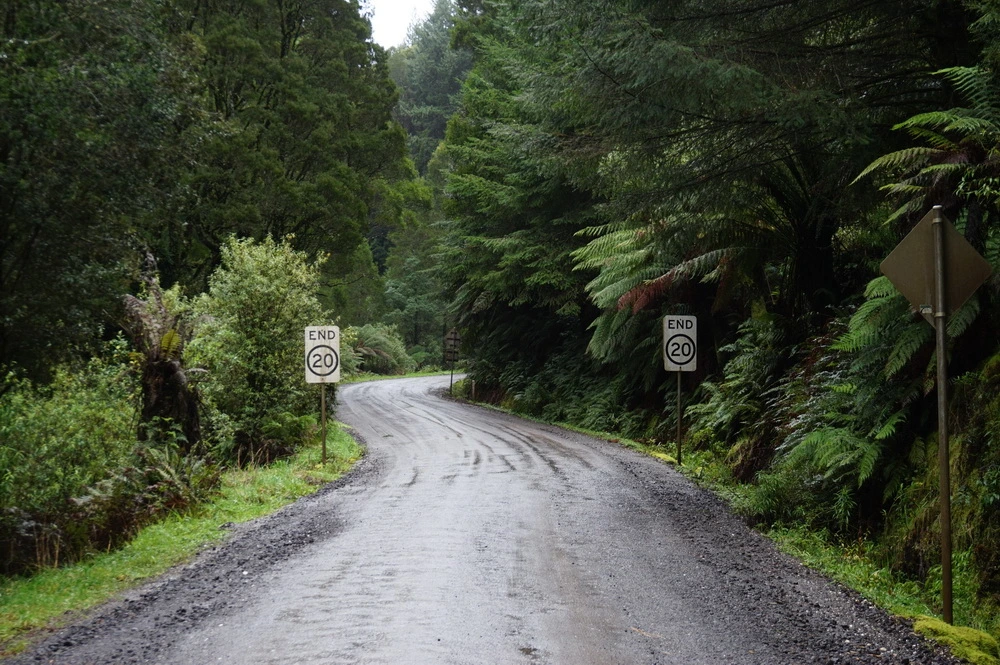
The place where giant red sequoias grow - one of the oldest living organisms on Earth. California red forests are very high - up to 115 meters. The bark of the trees is a bright red-brown color and is considered to be native to coastal California in the United States. Hence the name.
It's amazing how fast the weather changes in Australia. In the morning the sun was shining in Apollo Bay, and then clouds came and there was a little rain. It rains constantly in the Red Forest. We roam among giant red-barked trees. There are some fern bushes below, and dinosaurs come to my mind again. But the Australian Californian Redwoods are actually quite young. The tree was brought here in the 1930s as an experiment. The soil and climate have proven to be fertile, and the forest has grown rapidly over the past 90 years.
Twelve Apostles The
Twelve Apostles are a group of limestone rocks in the ocean in Port Campbell National Park. The result of erosion for millions of years and a place of pilgrimage for all tourists who travel along the Great Ocean Road. More than a million people come here every year. The photographs of the Twelve Apostles are the hallmark of the Great Ocean Road.
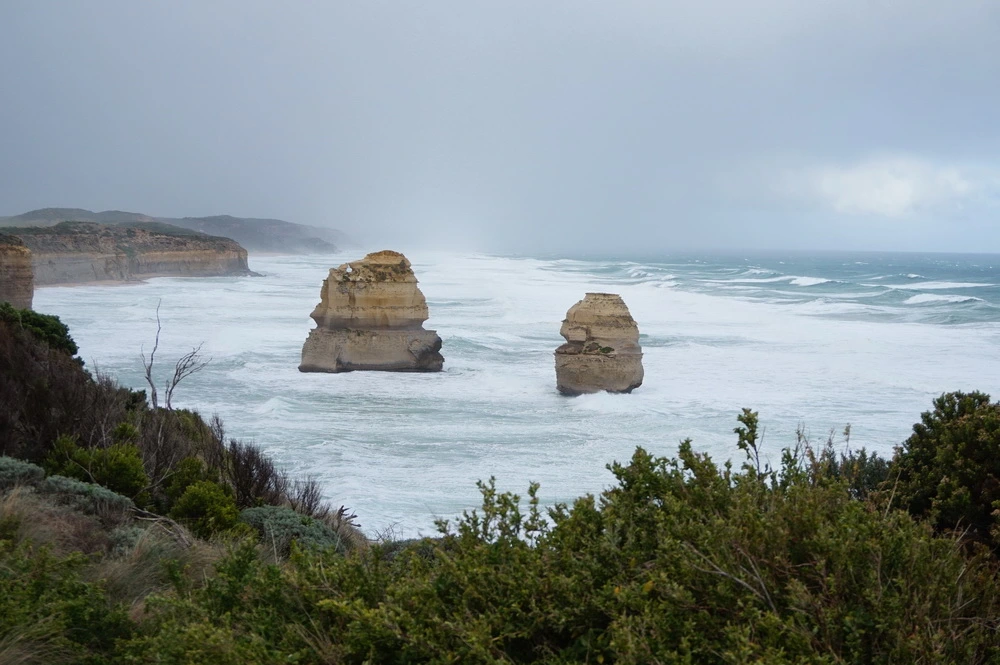
Today, however, there are only eight left. Massive limestone pillars rise above the Southern Ocean and amaze with their size and beauty. Observation and walking paths are open 365 days a year. There are fewer people in winter than in summer, and we hardly walk in a crowd. From time to time the sun appears, but the wind is such that we are almost blown into the ocean. It is wild and insanely beautiful around.
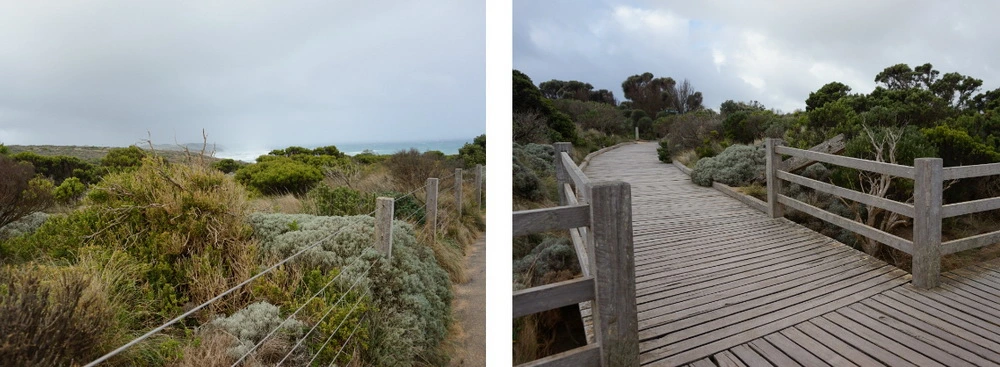
From here you can still drive to the famous London Arch. But we do not have time - we want to get to the volcanic lakes before dark. The
London Arch was formerly called the London Bridge. But then one span of the rock, which could be passed from the shore, collapsed. There was only a stone arch in the ocean. Two tourists got stuck in the collapse at the far end of London Bridge. They were rescued by helicopter.
Port Campbell, Colak Lake and the Red Rock Reserve Volcanic complex
Our route directly along the Great Ocean Road ends in Port Campbell. We dine at 12 Rocks Beach Bar overlooking the ocean, wander along the little bay beach and take a short cut towards Melbourne.
But there is another interesting object ahead - the volcanic lake Kolak. The Red Rock Volcanic Plain is about 8000 years old. As a result of numerous eruptions, flat-bottomed craters (maars) and lakes have formed here. For example, such large ones as Kolak and Korangamite. We visit them from the Red Rock Scenic Lookout. The site itself is located on a dormant volcano. The summit offers 360-degree views of the entire surrounding plain and lake. Awesome place to complete the Great Ocean Road route.


